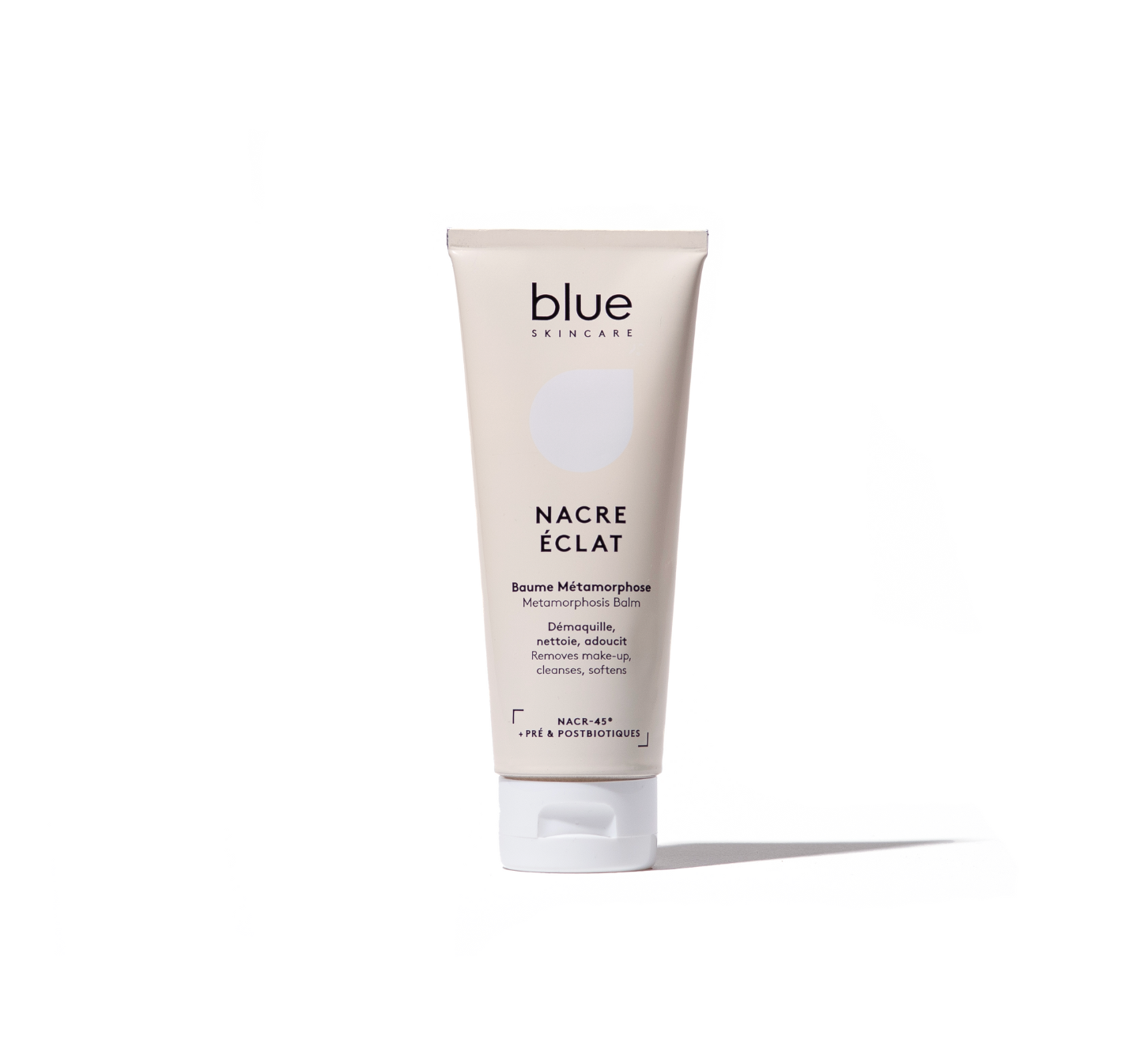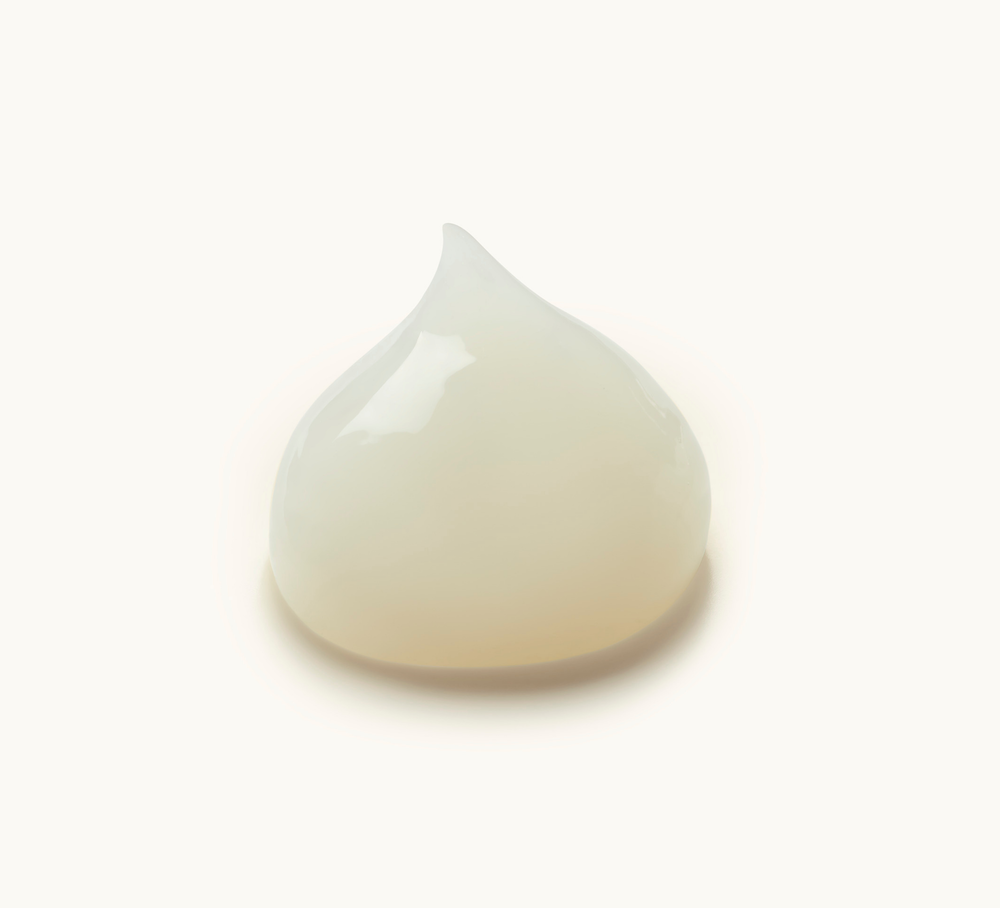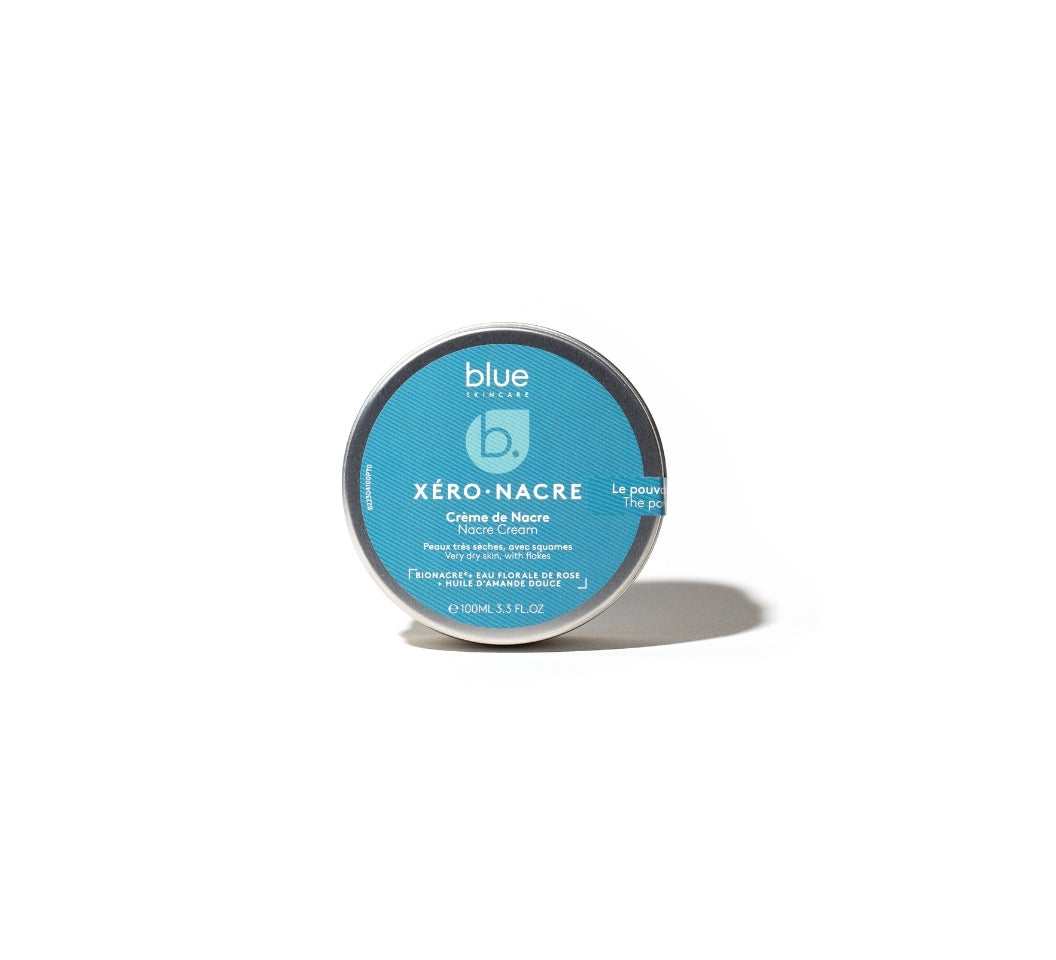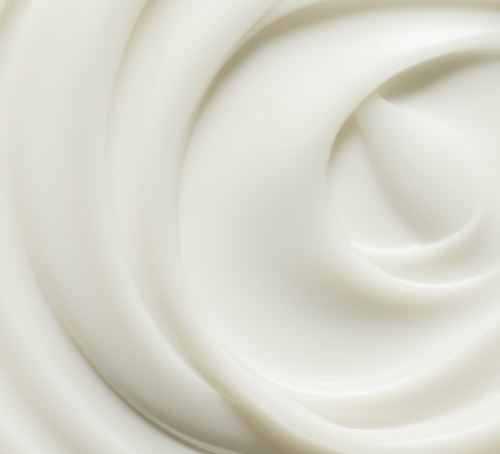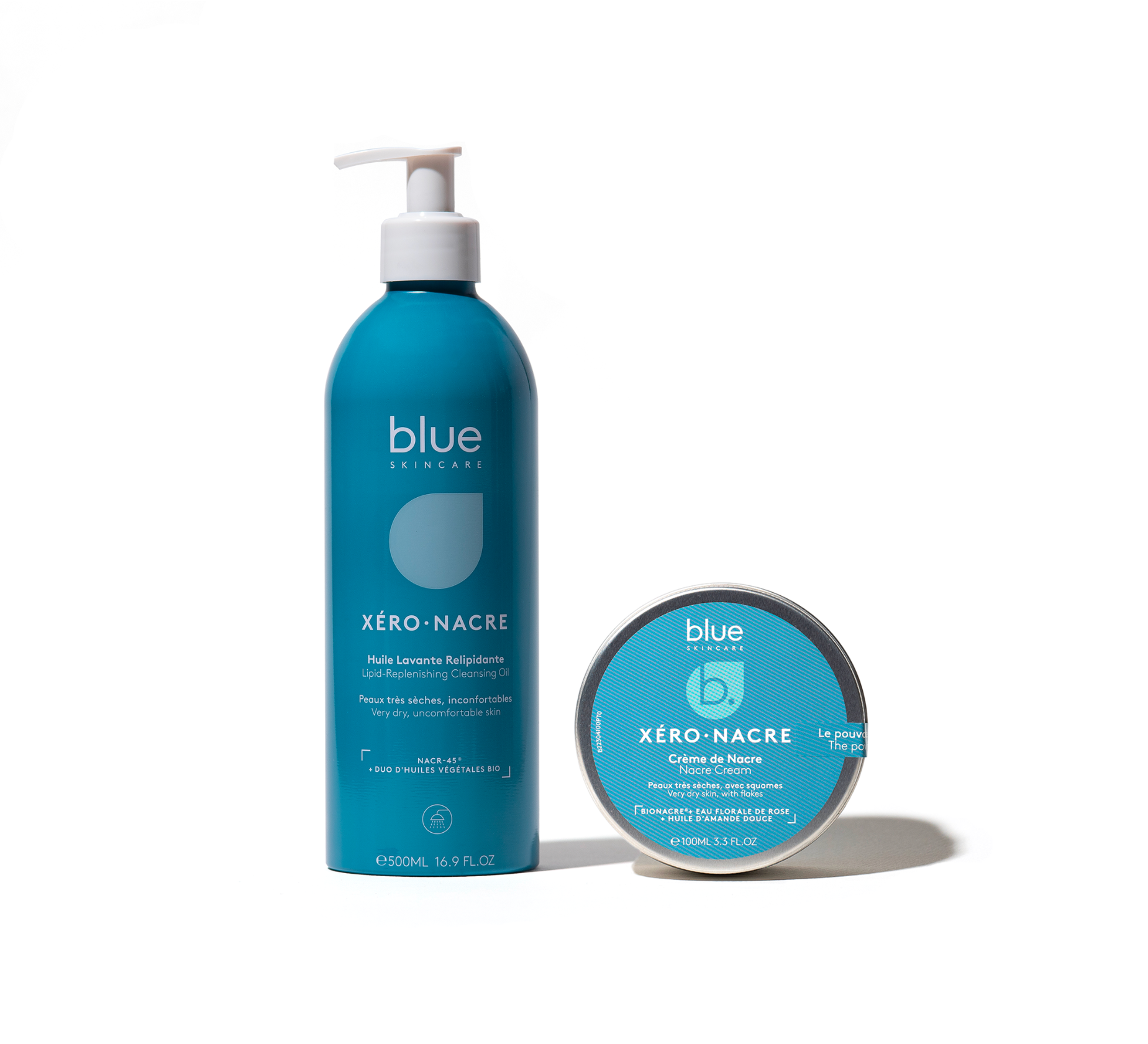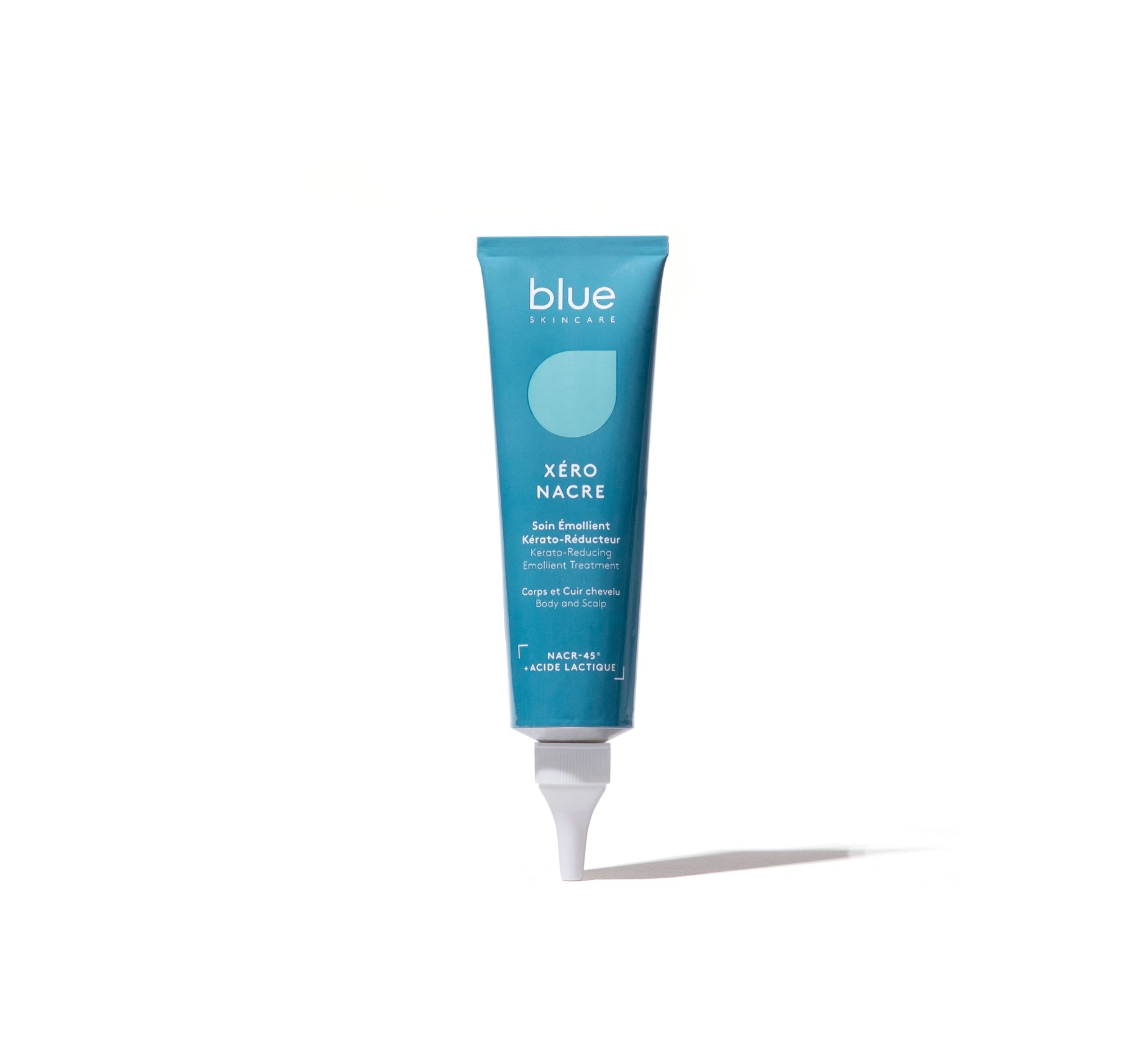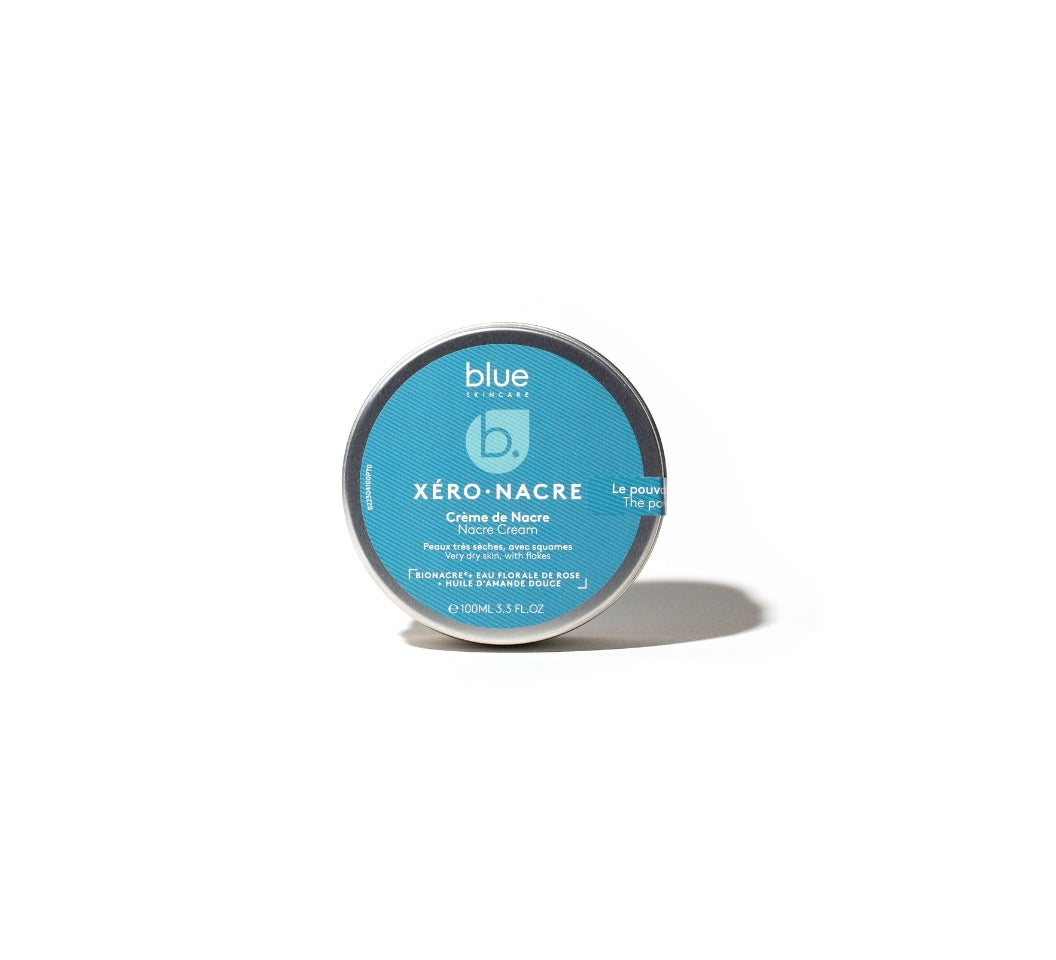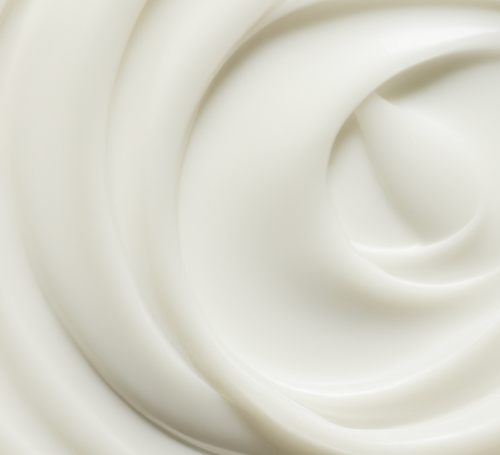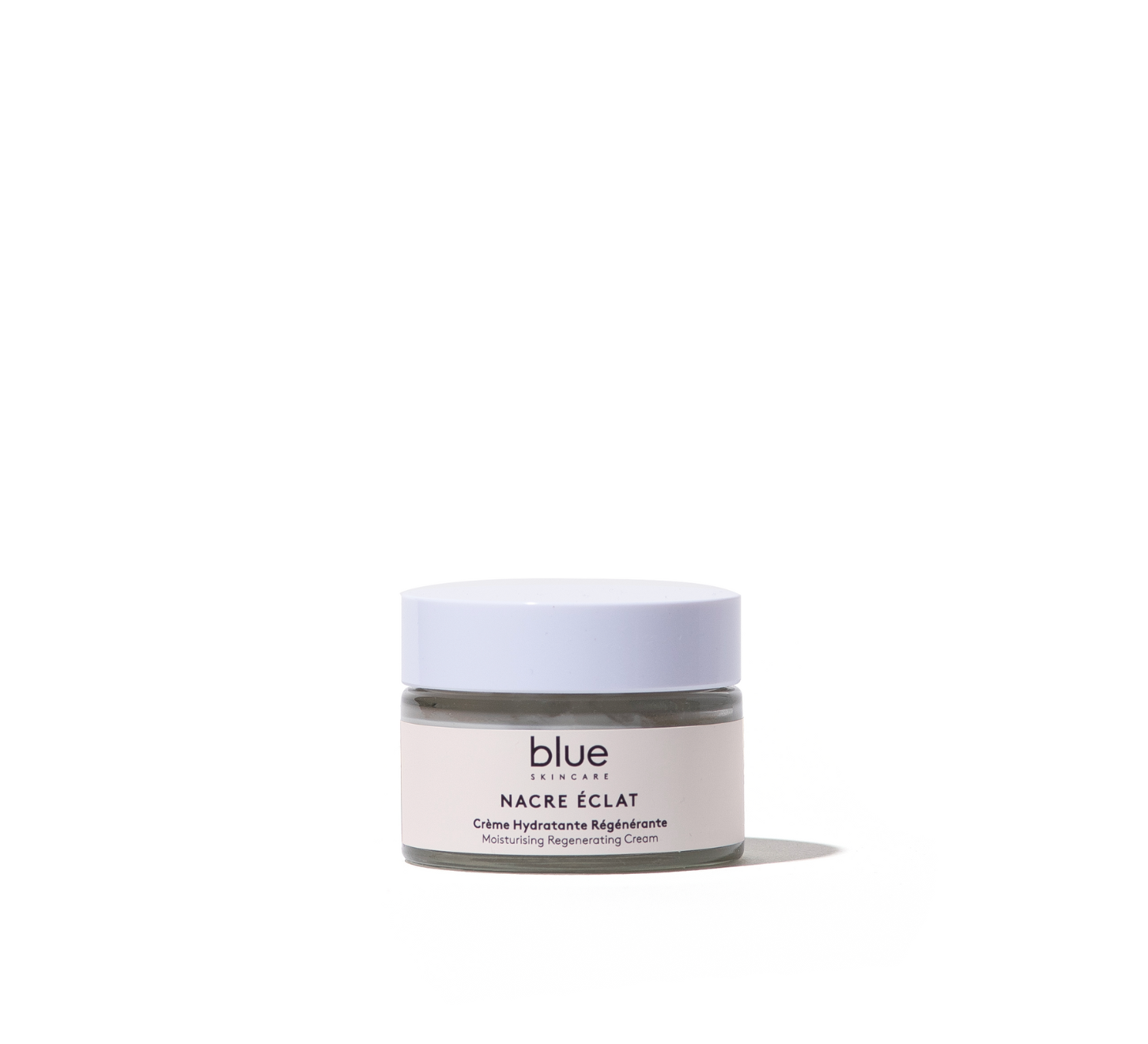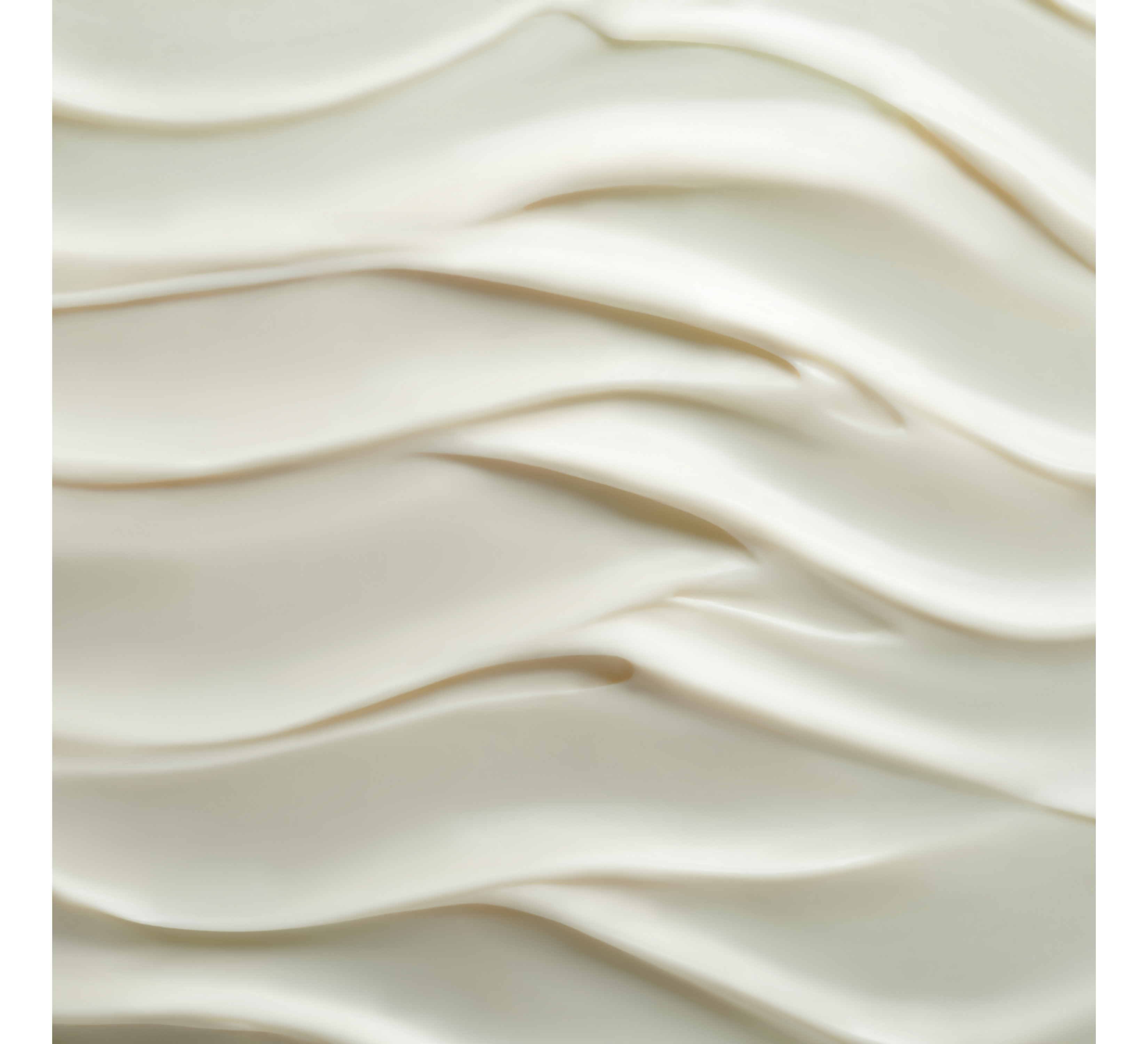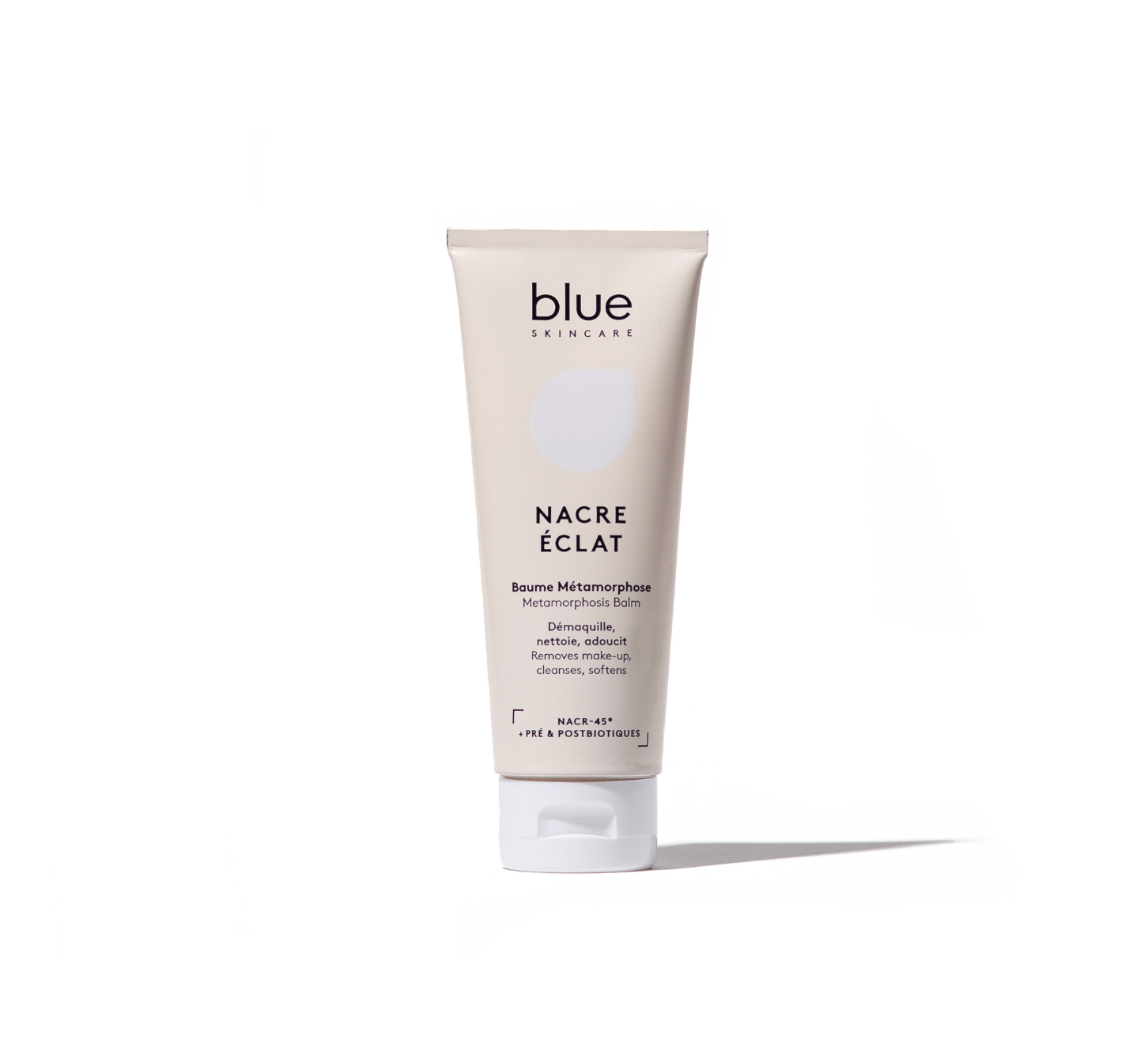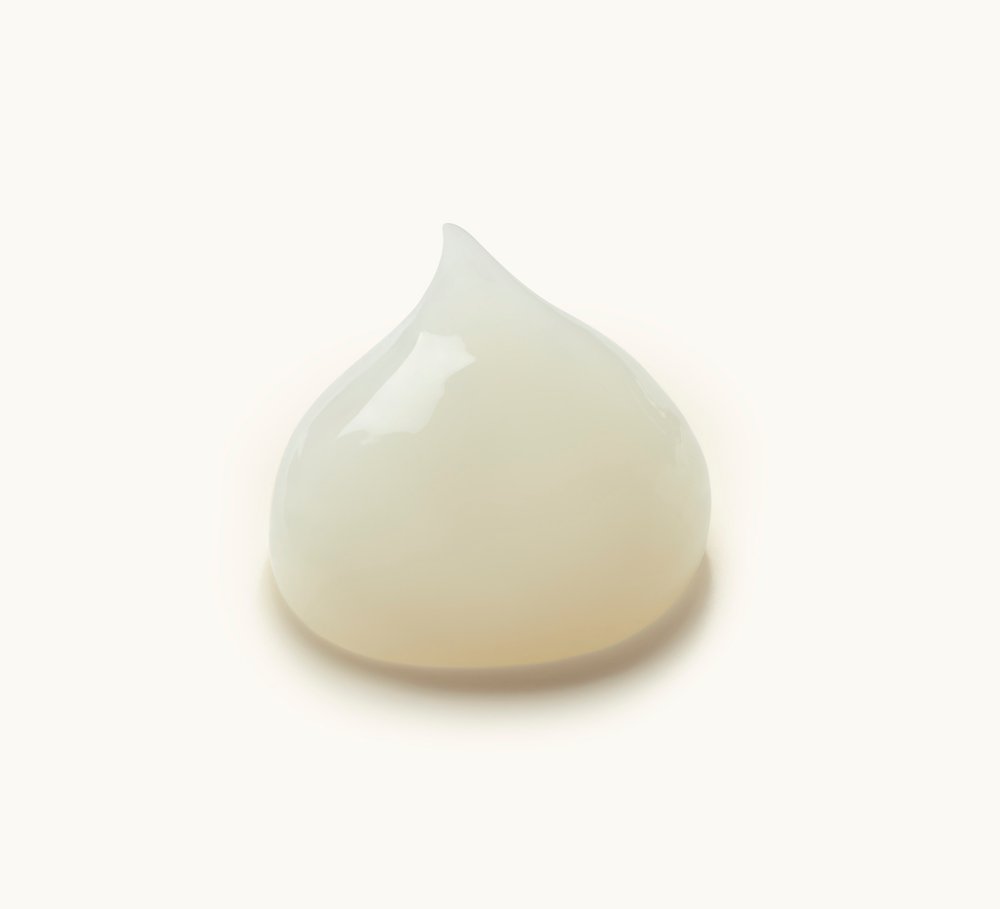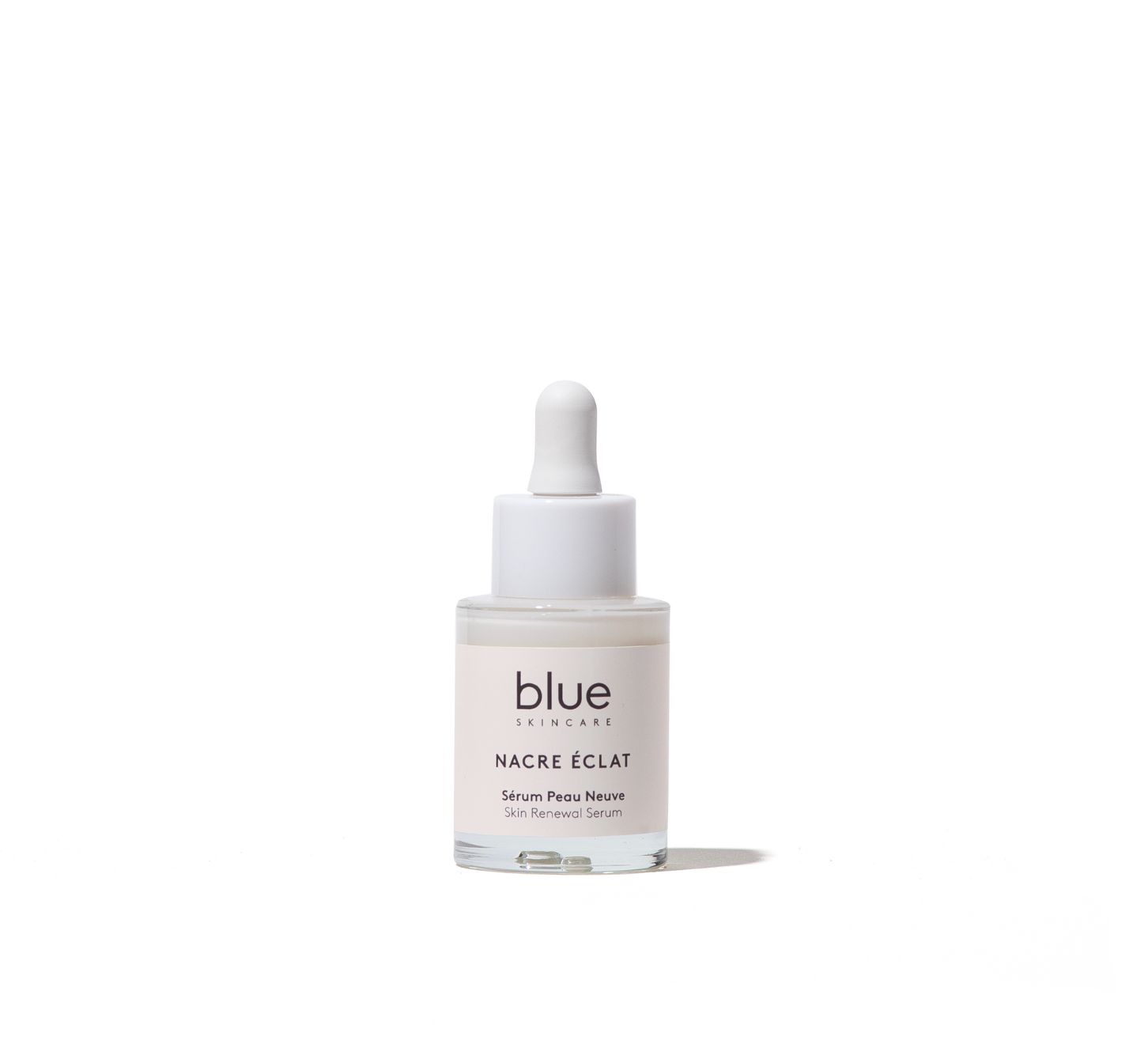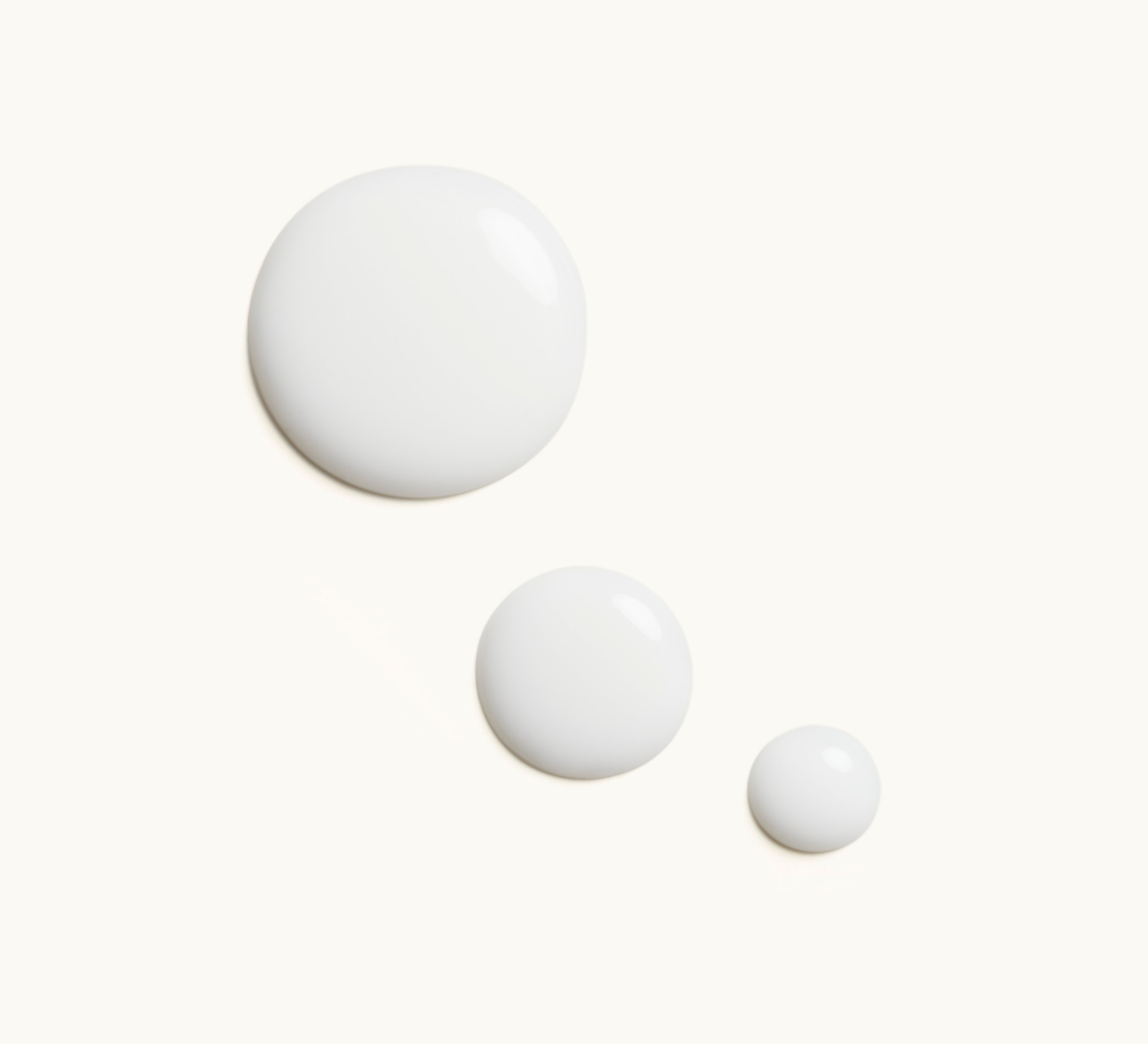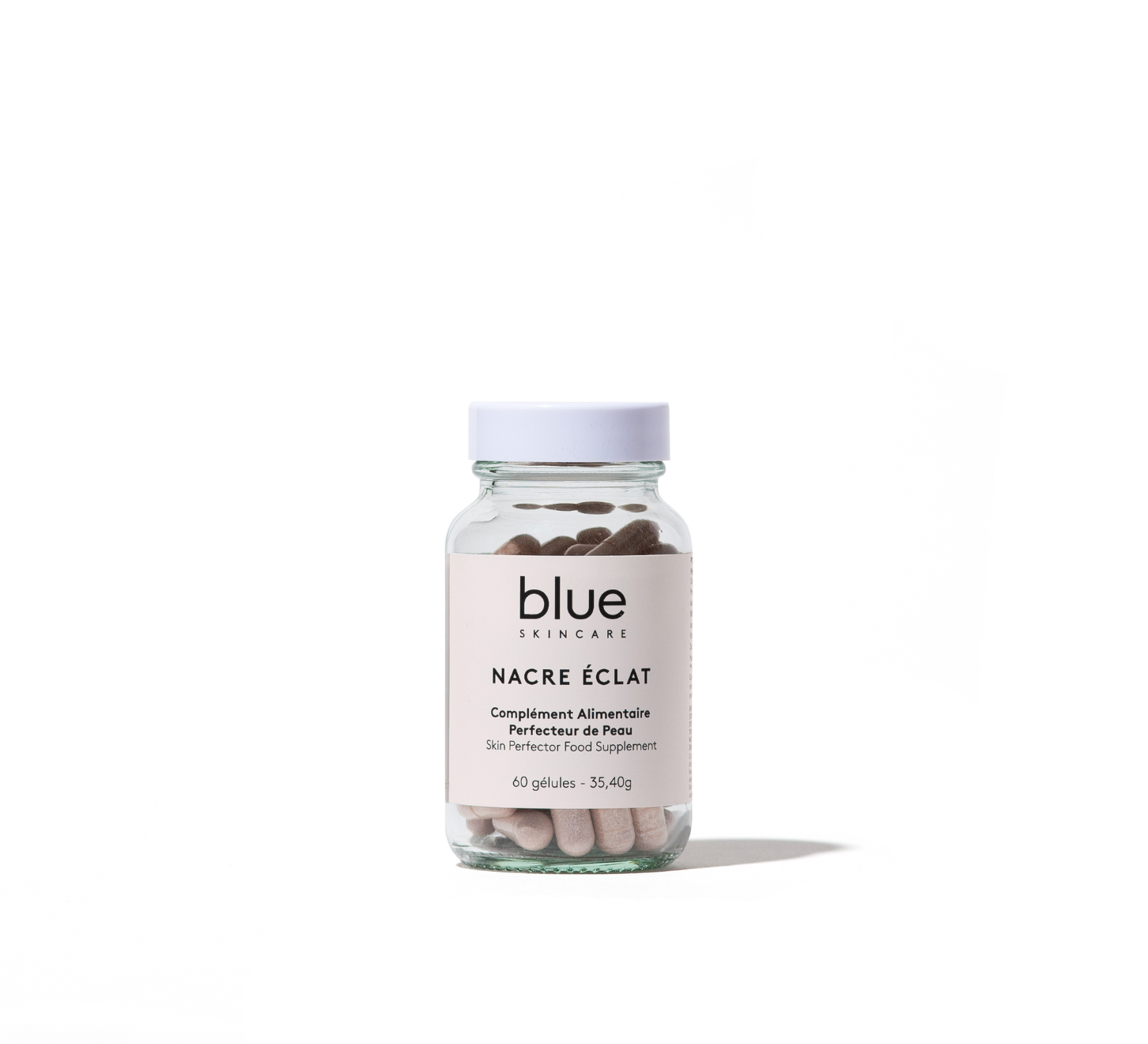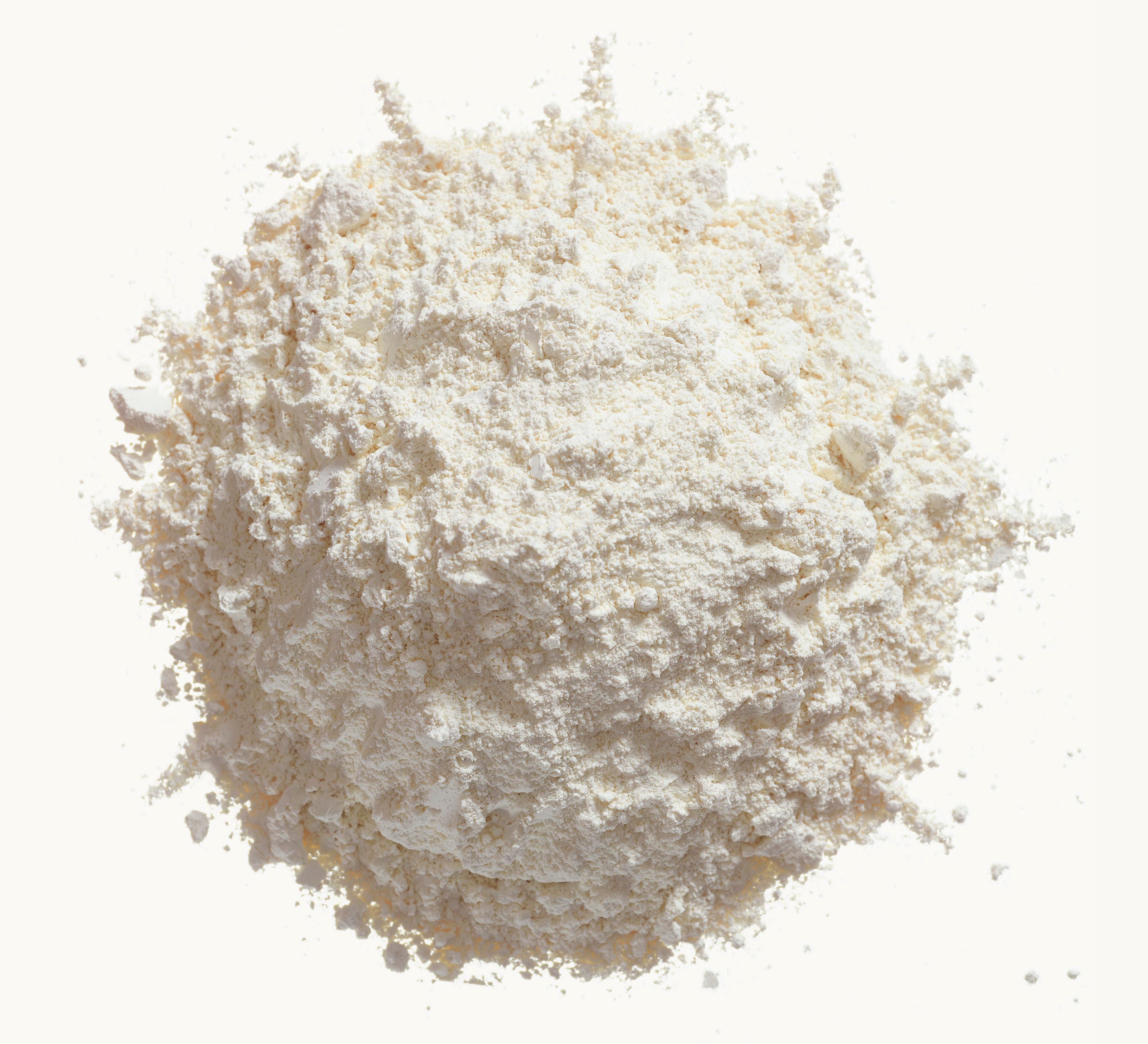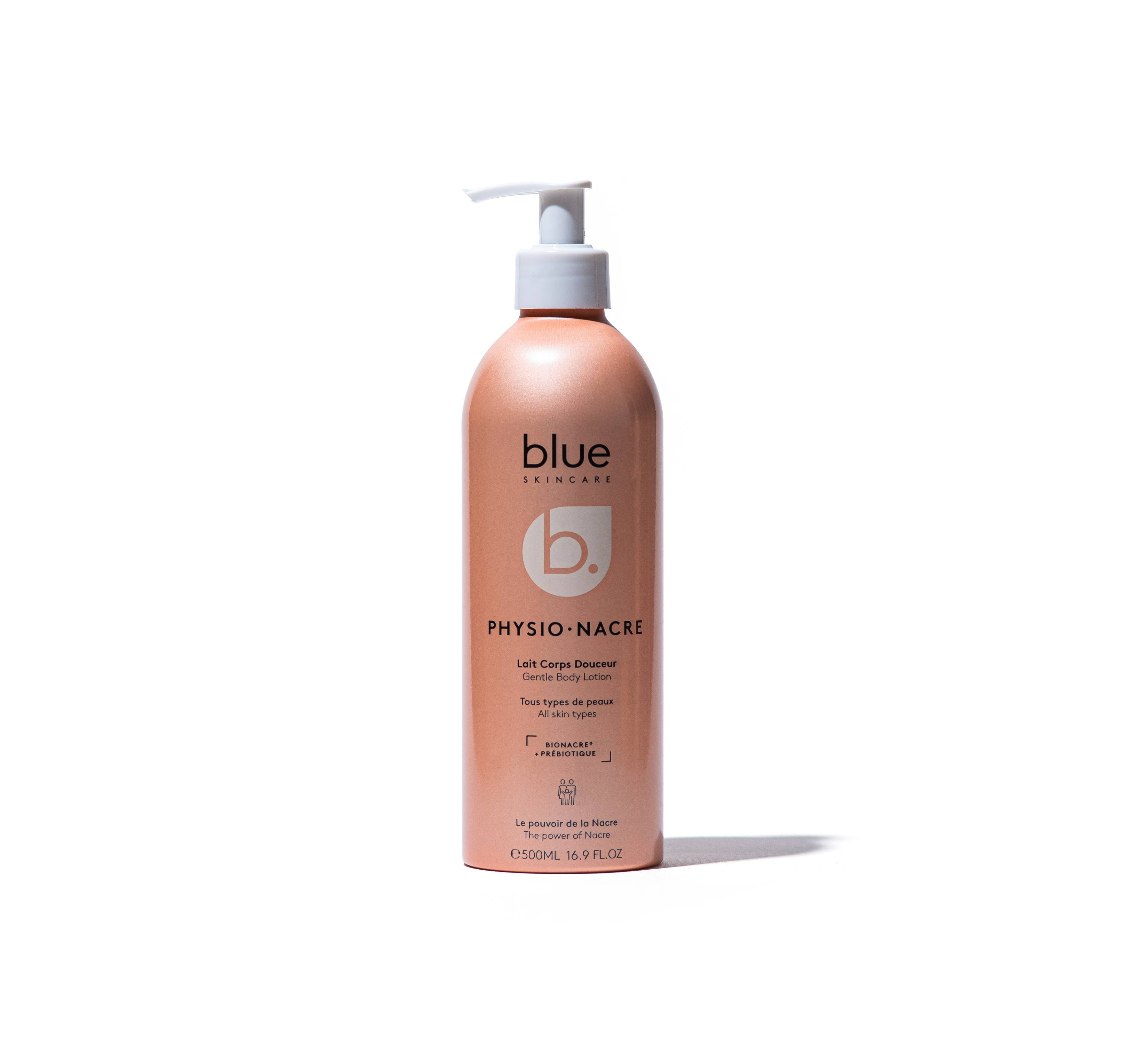Qu’il s’agisse de fibres naturelles, artificielles ou synthétiques, les matières premières de l’industrie de la mode font payer un lourd tribu à la planète. À commencer par les 4 % d’eau potable mondiale utilisée pour produire des vêtements.
Si l’on retrace la chaîne de transformation d’un vêtement, quasiment toutes les étapes sont source de pollution : la production des fibres naturelles avec l’élevage ou la culture, la production des fibres synthétiques, la transformation de la matière première brute en fil (filature), le tissage, la confection, la distribution avec ses transports, et l’entretien. Ainsi, l’une des phases contribuant le plus au réchauffement climatique via les émissions de CO² est la production de matières premières qui concentre en moyenne 35 % des émissions (8 % pour la laine et 72 % pour un anorak). Par ailleurs, la teinture et le traitement des textiles sont à l’origine de 20 % de la pollution de l’eau dans le monde.
Le Coton, un fléau pour l’eau

Il représente le quart des matières premières qui entrent dans la composition de textiles, soit 17,7 millions de tonnes en 2015. Or, l’impact environnemental de la culture du coton conventionnel est alarmant. Il couvre environ 2,5 % des surfaces cultivées mondiales, et en 2016, 64 % du coton cultivé dans le monde était génétiquement modifié. Mais surtout, le coton engloutit des quantités d’eau phénoménales pour sa culture.
Le coton dévore l’eau
La culture du coton nécessite beaucoup de temps, beaucoup de soleil, 120 jours arrosés pour assurer sa croissance, puis un temps sec en fin de cycle végétatif. Ces conditions climatiques se rencontrent généralement sous les latitudes tropicales et subtropicales. Pour compenser les écarts de précipitations et leurs distributions aléatoires, les exploitants ont recours à l’irrigation. D’ailleurs, 50% des surfaces cultivées sont irriguées. De ce fait, le coton est le troisième consommateur d’eaux d’irrigation de la planète après le riz et le blé, et devant le maïs et les fruits et légumes. Selon les techniques utilisées, il faut entre 5 000 et 17 000 litres d’eau pour produire 1 kg de coton.
Pour trouver ces eaux d’irrigation, on a détourné l’eau des rivières, des lacs et des nappes phréatiques. C’est ainsi que la culture intensive du coton a engendré l’une des plus grandes catastrophes environnementales du XXe siècle. Dans les années 1960, les pays d’Asie centrale (aujourd’hui Kazakhstan et Ouzbékistan) ont été transformés en champs de coton sous l’impulsion de l’Union soviétique. Les précipitations ne suffisant pas, les eaux des principaux affluents de la mer d’Aral ont été détournées. La mer d’Aral a ainsi perdu 75 % de sa surface et 90 % de son volume entre 1960 et 2005, ce qui a donné une eau plus salée, anéanti presque toutes les formes de vie et provoqué une hausse de la mortalité infantile, des cancers, anémies et des maladies respiratoires chez les populations alentour.
Mais l’eau est aussi nécessaire à toutes les étapes de fabrication, notamment pour appliquer teintures et produits chimiques. Le Fonds Mondial pour la Nature (WWF) a conçu un indicateur, « l’empreinte eau », pour indiquer le volume d’eau douce consommé par la fabrication d’un produit. Cet indice, qui tient compte de chaque étape du processus de production, a permis d’évaluer la fabrication d’un t-shirt en coton de 250 grammes à 2720 litres d’eau douce – soit plus de 13 baignoires – et à 7 500 litres pour la fabrication d’un jean.
Le coton pollue l’eau
La culture du coton nécessite énormément d’eau, mais aussi de pesticides : elle représente 25 % des insecticides, 10 % des herbicides utilisés et 4 % des fertilisants à l’azote et au phosphore utilisés dans le monde selon l’Organisation Mondiale de la Santé. Autant de produits qui se retrouvent dans l’eau potable, ruisselant des champs de coton jusqu’aux rivières et/ou aux nappes phréatiques. Le coton pollue aussi lors de sa filature : les fils sont enduits d’huile ou de cire pour résister aux fortes sollicitations des machines de tissage industriel. Et les tissus devront être ensuite lavés pour être débarrassés de ces lubrifiants. Cette étape très polluante rejette beaucoup de nitrates et phosphates dans l’eau et détruit ainsi les écosystèmes.
Le coton bio, mieux mais pas parfait
Le coton biologique a été lancé en 2005 par l’association Max Havelaar. Il permet de mieux préserver la terre qui n’est pas épuisée par la culture intensive. Mais pour qu’un coton soit bien moins polluant, il faut le laisser pousser en l’irriguant le moins possible, et veiller à ce que les traitements par teinture n’utilisent ni métaux lourds, ni composés azoïques. Le blanc doit être obtenu par eau oxygénée et non au chlore, ce qui n’est pas toujours le cas.
La laine, la plus polluante

Qui pourrait imaginer que son pull si doux et si chaud, fait en matière naturelle totalement biodégradable, est en réalité une catastrophe environnementale ? Et pourtant ! Le rapport du Global Fashion Agenda a montré que la laine de mouton fait partie des 5 matières les plus polluantes à fabriquer au monde.
Le mouton, un grand producteur de méthane
Chaque ovidé produit chaque jour près de 30 litres de méthane émis dans l’atmosphère. C’est bien plus que leurs amis bovins tant décriés. Surtout quand on sait qu’ils sont 1 milliard pour produire 2 millions de tonnes de laine ! Or, le méthane a un impact 28 fois plus important que le dioxyde de carbone sur le réchauffement climatique. En Nouvelle-Zélande, 3ème plus grand producteur de laine après la Chine et l’Australie, 90 % des émissions de gaz à effet de serre sont dus à l’élevage des moutons. De plus, le fumier des animaux d’élevage pollue l’air, mais également la terre et les eaux. Sans compter que l’élevage de bovins est responsable de déforestation (notamment en Angleterre et aux Pays de Galles, où les terres sont défrichées et les arbres coupés), et de l’appauvrissement des sols (car les bêtes broutent).
Le traitement de la laine, fortement polluant
Après la tonte, la laine est nettoyée. Car la laine brute est fortement chargée en impuretés (250 à 600 kg par tonne) : sels organiques, terre, graisse. Le lavage de la laine entraine aussi l’évacuation de matières organiques et de polluants des pesticides diffusés sur les moutons. Ce procédé entraine une telle pollution que les plus gros producteurs de laine préfèrent envoyer cette matière première en Asie pour la faire laver. Enfin, blanchiment, teinture, impression, apprêt impliquent aussi l’utilisation de produits chimiques rejetés dans les eaux usées. Heureusement, en Europe contrairement aux pays d’Asie, les producteurs sont obligés de traiter leurs eaux usées avant de les rejeter.
Les matières synthétiques, source importante de microplastiques

Dans le prêt-à-porter, depuis 2006, l’utilisation des fibres synthétiques, polyester en tête (mais aussi polyamide, nylon, lycra) dépassent celle du coton, car elles sont peu chères et plus résistantes. On en produit plus de 40 millions de tonnes par an.
A base de pétrole
Le polyester est la matière synthétique la plus fabriquée. Or, 70% de sa production vient du pétrole, ressource fossile non renouvelable. Cette production représente environ 40% des émissions de gaz à effet de serre de l’industrie textile, à cause notamment des gaz émis lors des phases d’extraction et de transformation du pétrole.
Le lavage, source de microplastiques
Le plus gros impact environnemental de la mode n’est pas dû aux matières premières, à la production ou au transport, mais au lavage des vêtements, et notamment ceux qui sont en matière synthétique. Outre la quantité d’eau et d’énergie utilisée et le rejet des détergents, ces fibres relarguent des microparticules de plastique, ensuite rejetées dans les océans où elles mettent des décennies à se dégrader. Plus du tiers (35 %) des microplastiques évacués dans les océans viendrait du lavage de textiles, selon l’Union Internationale pour la conservation de la nature (IUCN). Ceci représente 500 000 tonnes, l’équivalent de 50 milliards de bouteilles plastiques.
Les matières artificielles, une alternative à améliorer
On appelle matières artificielles, les différentes catégories de viscose obtenues à partir de ressources naturelles telles que la cellulose de bois (bambou, maïs, soja, hêtre ou eucalyptus). Présentées comme des alternatives durables et biodégradables au coton et au polyester, les viscoses de bambou, d’eucalyptus ou de bois (commercialisées sous le nom de Modal) sont prometteuses, mais leur fabrication a des effets négatifs sur l’environnement.
Elles favorisent la déforestation

Pour fournir le bois nécessaire à la production de ces matières artificielles (5 millions de tonnes), 70 millions d’arbres sont abattus chaque année – soit 140 000 hectares en moyenne – et uniquement pour répondre à la demande de l’industrie textile. De plus, les agriculteurs, qui pratiquent la monoculture, détruisent la biodiversité. En effet, ces monocultures, qui puisent toujours les mêmes nutriments dans le sol et l’épuisent, obligent les agriculteurs à utiliser pesticides et engrais.
Une transformation polluante
Le procédé viscose est très gourmand en eau lors de sa fabrication : 400 à 11 000 litres d’eau pour fabriquer 1 kg de viscose. La pulpe de bois, dissoute dans des bains de soude caustique pour obtenir une masse floconneuse, est mélangée à du disulfure de carbone pour faire la pâte utilisée à travers la filière. Enfin, les filaments obtenus sont refroidis dans un bain de sulfates et d’acide sulfurique. Ces produits chimiques agressifs, qui restent en partie dans les tissus fabriqués à partir de viscose malgré les traitements (teinture, impression, finitions, lavages …), sont toxiques pour la main d’œuvre comme pour le consommateur.
Le Tencel, la fibre écologique
Le Lyocell, né aux États-Unis dans les années 1970, devenu la marque déposée Tencel (par l’entreprise allemande Lenzing AG qui l’exploite), est une fibre écologique créée à partir de pulpe de bois d’eucalyptus, de bambou ou de feuillus. Il est fabriqué à partir de fibres de bois issues de forêts gérées durablement (certificat PEFC-FSC), dont les arbres consomment peu d’eau. L’eucalyptus n’a besoin que de la quantité d’eau de pluie pour grandir, sans pesticides ni système d’irrigation intensif contrairement au coton. De plus, le rendement du Tencel est dix fois plus important pour la même surface cultivée que celle du coton. Son procédé de fabrication breveté est aussi plus propre que la viscose. La cellulose, dissoute dans un solvant non-toxique (l’oxyde d’Amine), est récupéré et recyclé à 99,77 %. Le Lyocell affiche un faible impact environnemental grâce à sa production dans un circuit à boucle quasi-fermée.
3 solutions éco-responsables
Comment opter pour une mode plus clean ?
1- Choisir lin, chanvre ou Tencel

Le lin, biodégradable, est une culture très peu gourmande en eau et facilement bio. De plus, tout dans la plante est utile et utilisé. Enfin, c’est une culture locale, car la France est l’un des plus grands producteurs de lin au monde.
Le chanvre, encore peu utilisé en textile, est une fibre super résistante qui ne pollue presque pas. Sa culture a même des effets bénéfiques sur les sols.
Quant au Tencel, c’est une alternative assez vertueuse au coton ou à la viscose.
2- Préférer les textiles biologiques
Il n’existe qu’un seul label biologique textile : GOTS. Ce label très exigeant assure une culture du coton, du lin ou du chanvre sans insecticides ou pesticides ; 91 % d’eau utilisée en moins pour le coton biologique par rapport à du coton conventionnel sur toute la chaîne de fabrication (irrigation artisanale et non systématique, absence d’épandage de pesticides qui réduit la consommation d’eau, etc.) ; des conditions de travail et des salaires décents pour les paysans et les employés (commerce équitable) ; une teinture écologique, pas de blanchiment aux métaux lourds, mais avec de l’eau oxygénée.
Attention au label oeko-tex. Très souvent mis en avant, celui-ci certifie que le produit fini (vêtement ou tissu au mètre) a été testé en laboratoire pour vérifier sa non-toxicité. Mais il ne certifie pas qu’un tissu est bio, et les aspects écologique et éthique ne sont pas contrôlés. Un coton conventionnel peut être certifié Oeko-Tex alors qu’il a été cultivé avec des pesticides, potentiellement fabriqué dans des conditions douteuses etc.
3- Passer au recyclé, à l’upcyclé et à la seconde main
L’utilisation de coton recyclé permet en effet de réduire tous ces impacts environnementaux (par rapport au coton vierge) : réchauffement climatique, consommation et pollution de l’eau, consommation d’énergie, effets respiratoires…
De même pour les fibres synthétiques récupérées à partir de vêtements usagés.
Mais cette industrie est encore balbutiante. Pour l’instant, la tendance émergente chez les jeunes consommateurs est de consommer des vêtements de seconde main : friperies, achats sur des plateformes type Vinted…
On l’a vu, acheter un vêtement en matière naturelle et noble, comme le coton ou la laine, n’est pas forcément un achat plus éthique et écologique. Une chose est sûre : il faut oublier les matières synthétiques qui, en plus d’être souvent de piètre qualité, sont extrêmement polluantes à la production comme à l’entretien.
Il est grand temps de lire les étiquettes des textiles comme on le fait pour les produits alimentaires. Si cette démarche nécessite temps et éducation, c’est le seul moyen d’éveiller les consciences et de construire une industrie textile plus raisonnée.
